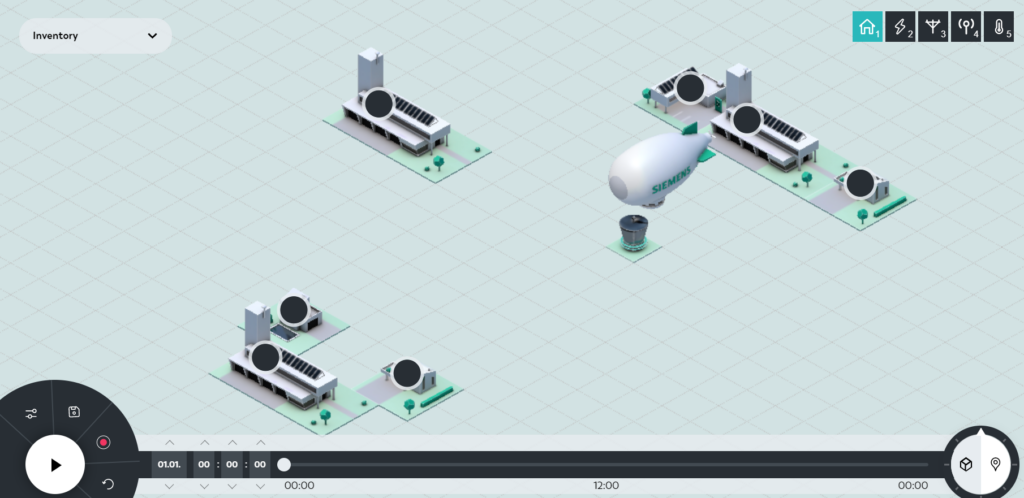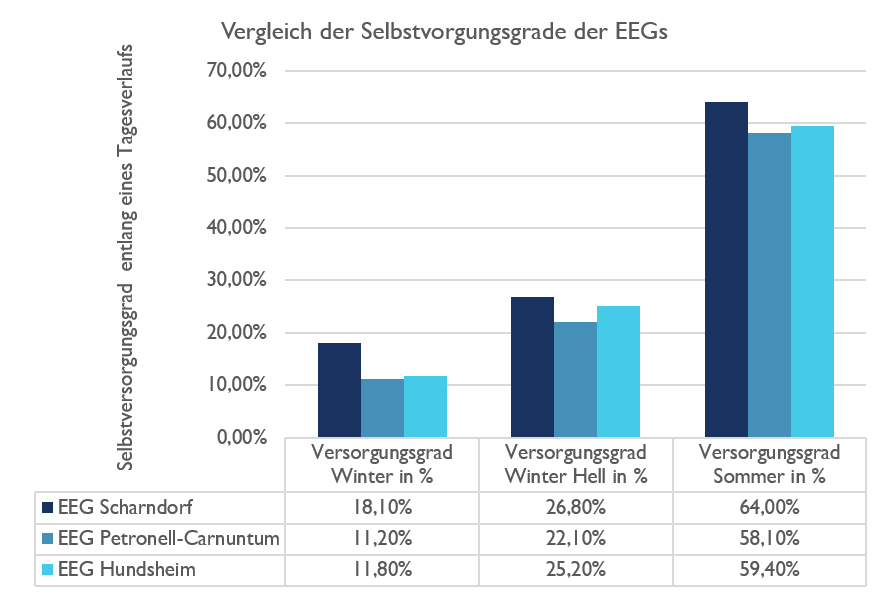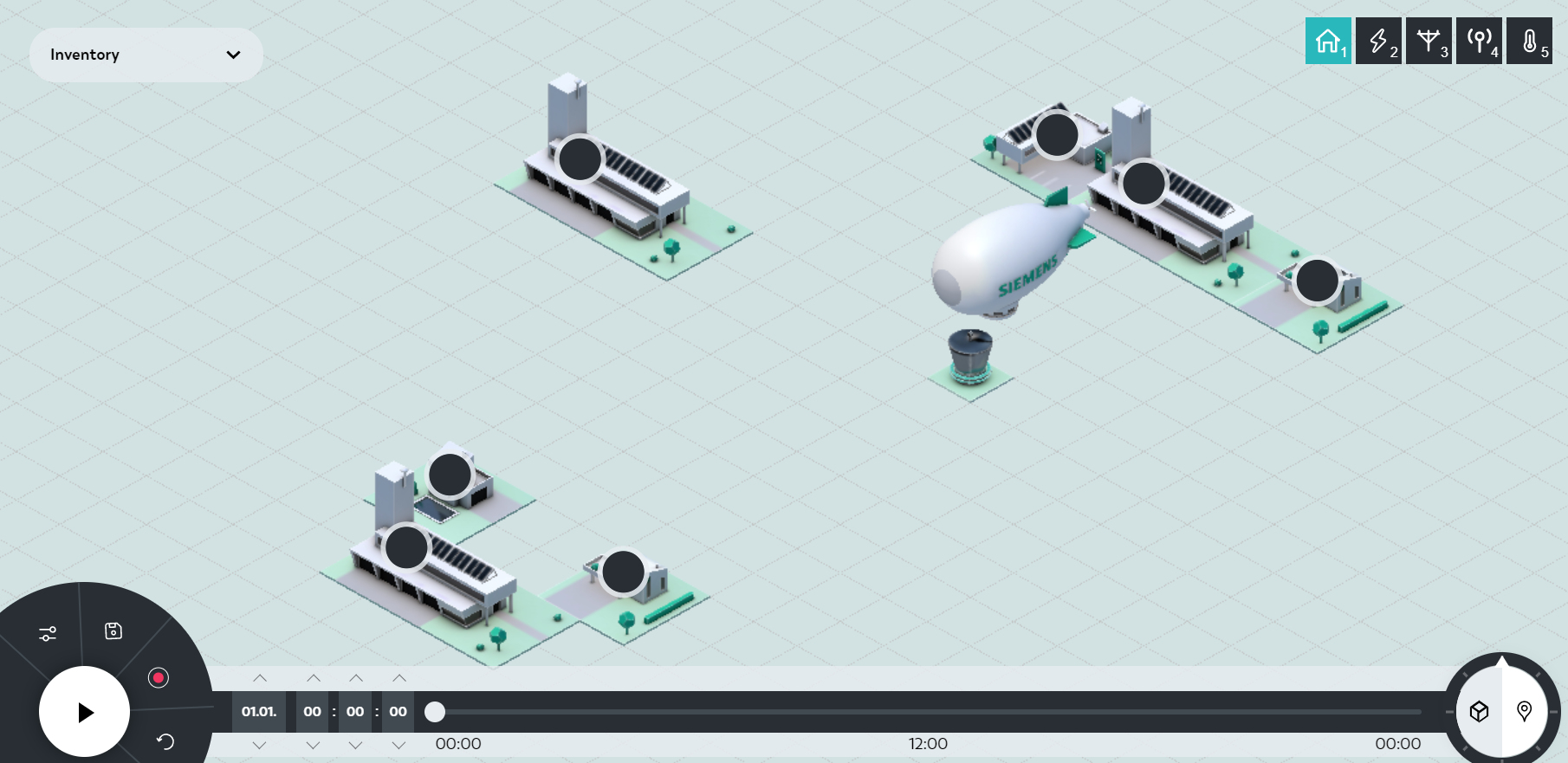One focus of the KEM-Carnuntum is to initiate the topic of energy communities in the region and to support interested parties on the way to their foundation. The three KEM municipalities naturally also play a central role in this context, as they are very interested in driving forward the expansion of renewable energies and recognize that energy communities can play an important role here.
In order to gain a deeper insight into the individual possibilities of the three municipalities, the KEM Carnuntum model region manager Philip Loitsch carried out a simulation for a renewable energy community in the three municipalities.
The focus was to determine the current status of the municipal buildings and to compare the resulting electricity consumption with the production values of the municipality’s own PV systems. With the help of determined load profiles and the BIFROST simulation software, the current possibilities of energy communities could be illustrated. A key factor was the so-called “degree of self-sufficiency” of the energy communities, which describes the percentage of the energy community that can supply itself with its own electricity generation.
Simulation of the Hundsheim energy community
The video shows the load and generation corridors of the individual buildings, as well as the fictitious transformer station. This uses the Utilization Factor to determine the percentage of self-sufficiency of the energy community. It is easy to see that with the onset of solar radiation, the electricity consumption within the energy community can be gradually covered by PV production and at midday 100% of the electricity consumption of the public buildings can be covered.
Also shown at the end is the load profile of the kindergarten, whose surplus electricity (marked orange) can be used by the energy community in all public buildings.
Structure of the simulation

In summary, it can be said that in all three municipalities, despite the very different generation and consumption structures of the municipal buildings, there are times when surplus electricity is generated by PV systems and this can be used sensibly in an energy community. Due to the strong seasonal dependence of electricity generation by PV systems, the degree of self-sufficiency of the energy communities is significantly lower in winter than in summer. The example of the municipality of Scharndorf shows that even in winter and despite high electricity consumers (heat pumps), surplus electricity is generated by a strong PV expansion and this can be used in the best possible way in an energy community.
Results of the simulation



